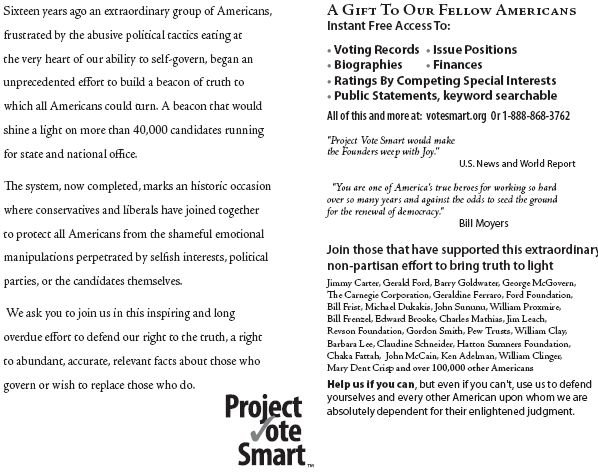On October 6, 2008 the Federal Reserve announced it would begin to pay interest starting on October 9, 2008, on required and excess reserves that individual banks maintain at the Fed, stating that this would encourage banks to hold larger reserves. But this is exactly the wrong policy objective in an environment where banks are reluctant to lend to businesses and others, says Jim Johnston, director of the Heartland Institute.
- The recovery from the Great Depression was well on the way when the Fed observed that banks were holding more than twice the level of reserves than was required.
- Under the Banking Act of 1935, the Board of Governors doubled the reserve requirement on member banks between 1936 and 1937 believing that doing so would generate an increase in public confidence and would not change the behavior of the banks.
- However, the banks responded by sharply increasing their already-sufficient reserves, resulting in the sharpest downturn in U.S. economic activity in history.
[at least he's not being alarmist]
READ MORE













No comments:
Post a Comment